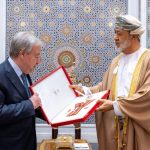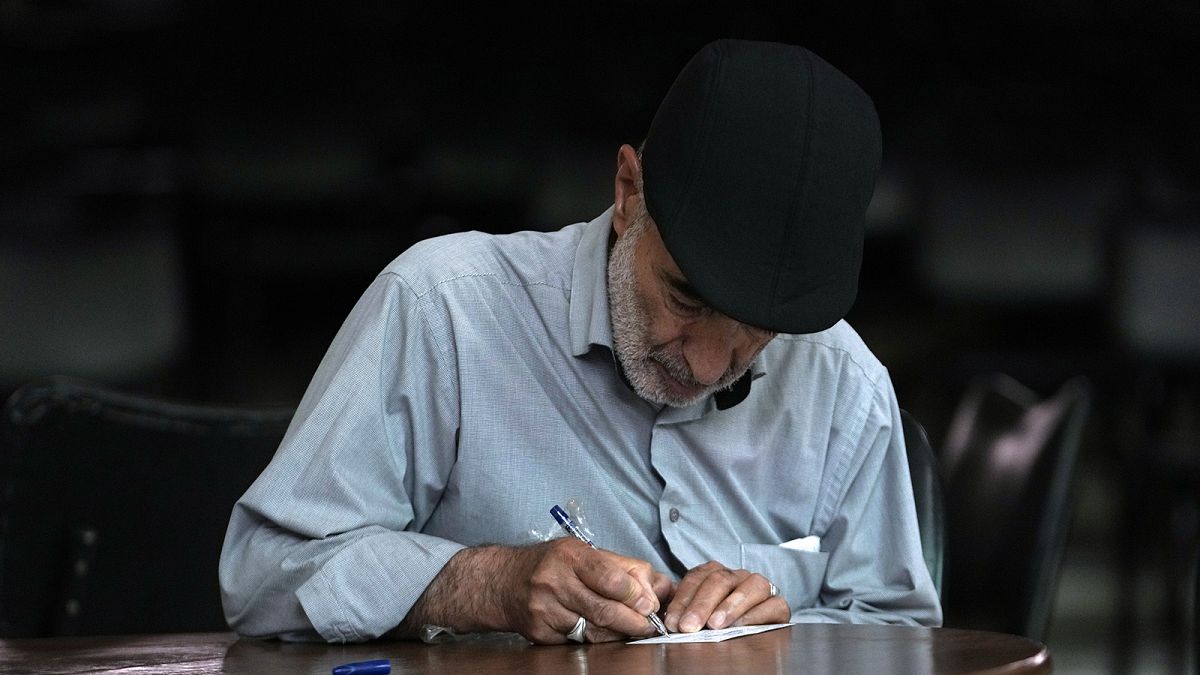In Iran, the final round of voting is underway to replace the late President Ebrahim Raisi, who was killed in a helicopter crash in May. Iranian voters have a choice between hard-line former nuclear negotiator Saeed Jalili and heart surgeon and MP Masoud Pezeshkian, who has aligned himself with moderates and reformists. After years of economic struggle, protests, and tensions, public apathy has become pervasive in the Islamic Republic, with turnout at the lowest ever in an Iranian election. Supreme Leader Ali Khamenei has the final say on all state matters, and while radical change advocates have been barred from the ballot, the outcome will impact Iran’s policies towards confrontation or negotiation with the West.
Tensions in the region have heightened as militia groups supported by Tehran are involved in fighting in the Gaza Strip. Additionally, Iran continues to enrich uranium at near weapons-grade levels, with a stockpile large enough to build several nuclear weapons should it choose to do so. The 2015 nuclear deal with world powers collapsed in 2018 after then-President Donald Trump withdrew America from the accord, leading to hard-liners taking power at all levels of government. Khamenei has encouraged voting, stating that those who did not participate in the initial round were not against the country’s Shiite theocracy. State television showed modest lines at polling places across the country, with the outcome of the election having far-reaching implications on Iran’s future direction.
More than 61 million eligible Iranians are voting, with a significant portion between the ages of 18 and 30. The election marks just the second presidential runoff since 1979, with previous hard-liner Mahmoud Ahmadinejad facing international sanctions over Iran’s nuclear program and the crackdown on the 2009 Green Movement protests under his leadership. Supporters of Pezeshkian have warned that Jalili’s election could bring a “Taliban-style” government into Tehran, while Jalili has criticized Pezeshkian for running a campaign based on fear-mongering. Raisi, seen as a potential successor to Khamenei, died in a helicopter crash in May, with many remembering his involvement in mass executions in 1988 and crackdowns on protesters.
The outcome of the election has significant implications for Iran’s domestic and foreign policies, with the country facing economic challenges and internal discord. The final vote will determine whether Iran moves towards confrontation or negotiation with the West, as well as the future direction of the Shiite theocracy. Despite calls for a boycott and low turnout in the initial round, Khamenei has encouraged participation, emphasizing the importance of choosing the best candidate for the country. The election comes at a time of heightened tensions in the region, with militia groups supported by Tehran involved in conflicts in the Gaza Strip and Iran’s nuclear program under international scrutiny.
As Iranians head to the polls, the choice between Jalili and Pezeshkian represents a divergence in ideologies and policies that will shape the future of the country. With the Supreme Leader having the final say on all state matters, the election outcome will impact Iran’s relations with the West and internal dynamics. Despite concerns over voter apathy and calls for boycott, the election represents an opportunity for Iranians to have a voice in shaping their country’s future. The potential for a new government, either hard-line or moderate, will have far-reaching implications for Iran’s domestic and foreign policies in the coming years.











